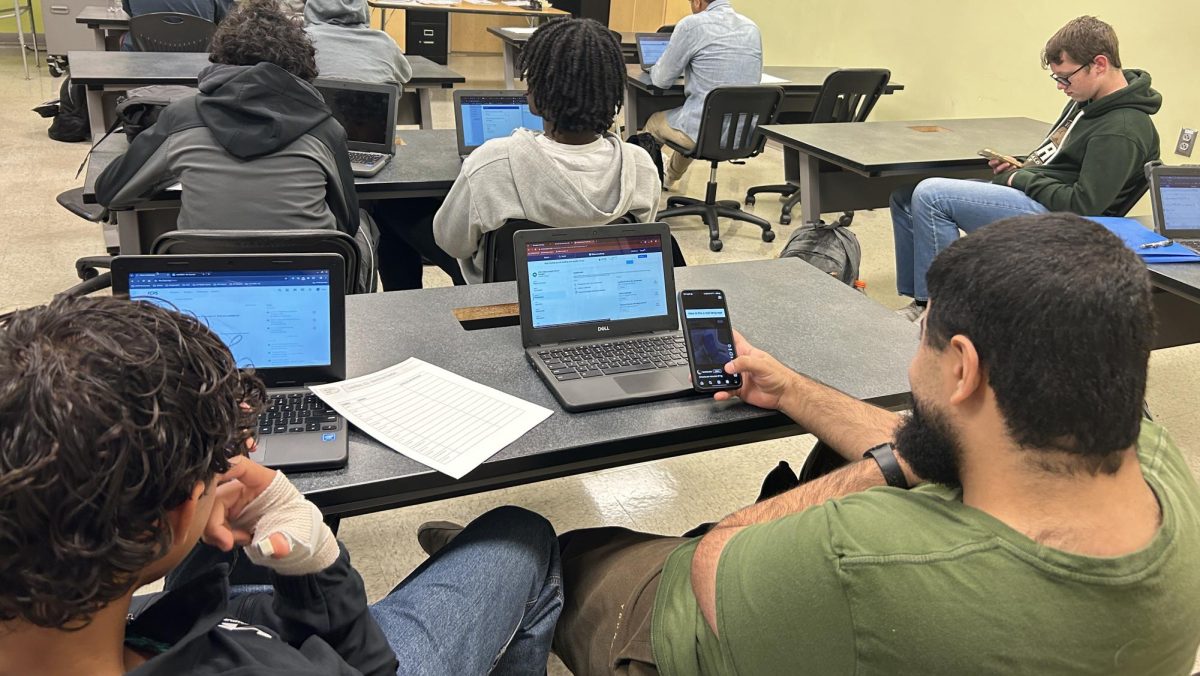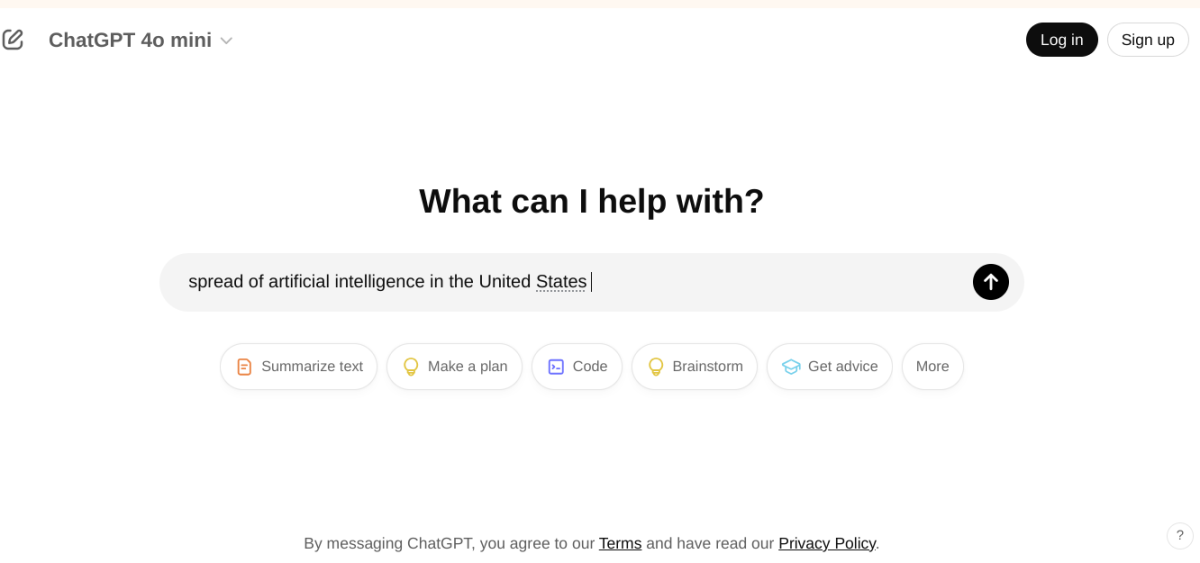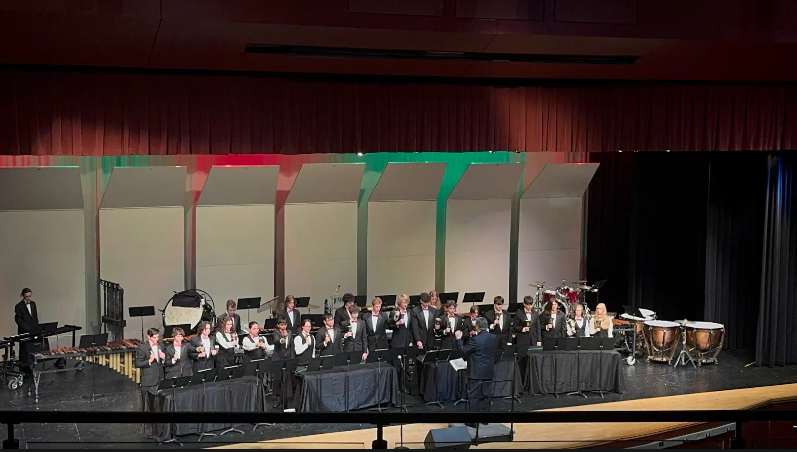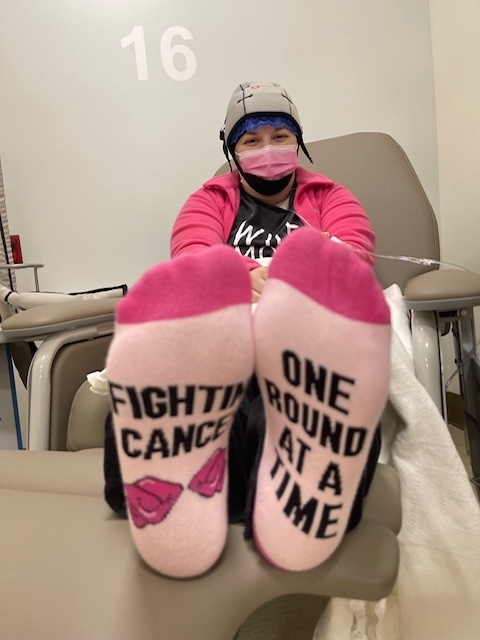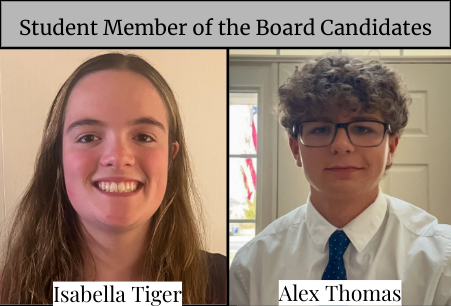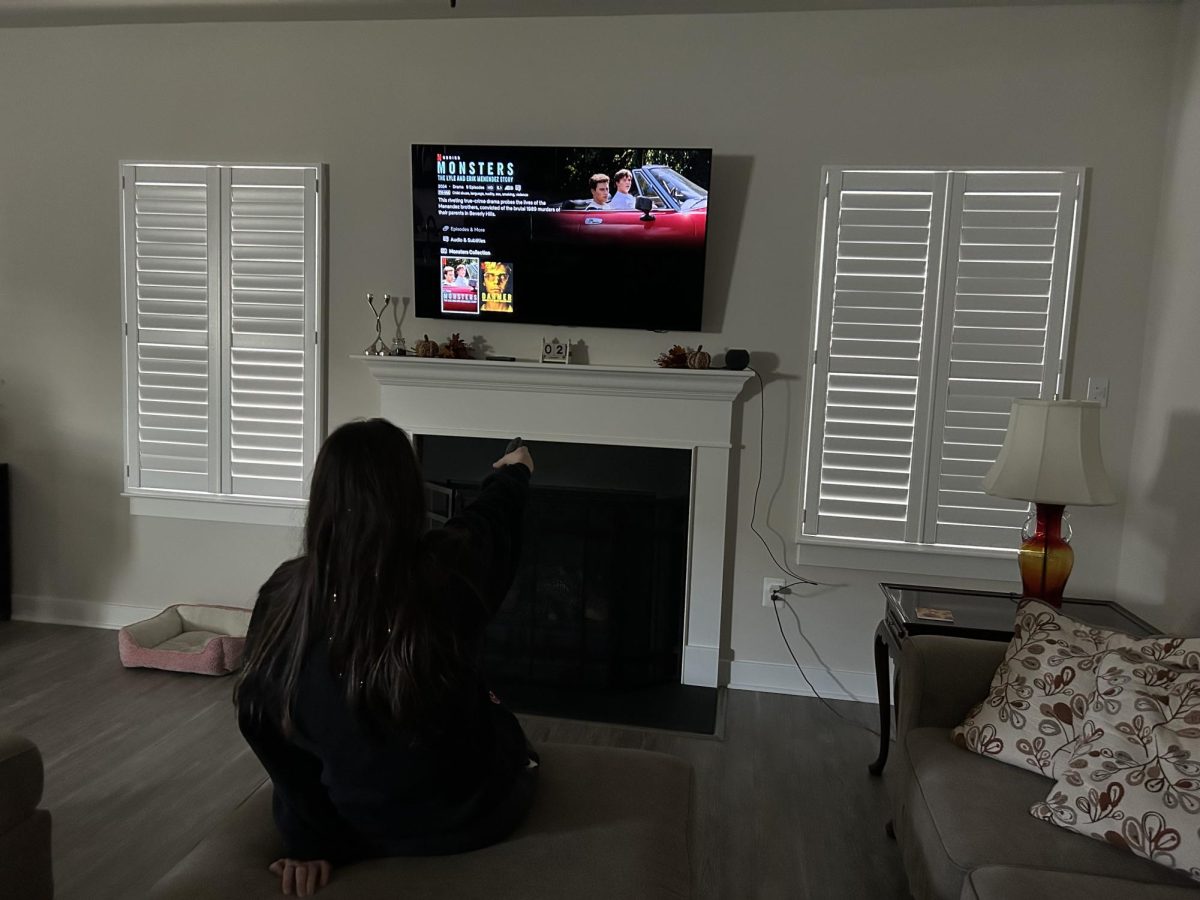Being a teacher has never been easy, but it has never been quite as difficult as it is today.
Smartphones, and technology as a whole, have monopolized everyone’s attention spans, especially that of teenagers. Over the past few years, public schools across the U.S. have taken a harsher stance against this issue by introducing new smartphone restrictions and outright bans. This school year, Linganore High School (LHS) will be adopting a similar set of rules.
Students have already noticed that phone policies are tightening. Reminders to put away phones and headphones have become more frequent, and teachers are now more likely to enforce consequences for those who do not listen.
LHS senior Theodore Williamson is one of the many students affected by the phone policies. He feels as if teachers are not allowing students on their phone as much as previous years.
“Usually, if there’s downtime and you’re doing this thing, you can go on your phone for a couple minutes,” Williamson said. “I feel like that happens a lot less now.”
Previously, there was no official county-wide policy from Frederick County Schools (FCPS) on smartphone use, but that did not stop Linganore administrators from addressing the issue on their own. There were initiatives and reminders, but if a student insisted on using their phone, not much could be done to stop them — until now.
LHS math teacher Joseph Athey has struggled with getting students to stay off of their phones since his first days of teaching.
“[Especially] as a new teacher, at the very start… that is one thing that is almost a shock or something you’re not anticipating dealing with as much,” said Athey.
This year’s Linganore High School Student Handbook states: “Personal electronic devices can be used for academic, teacher-directed ventures only during instructional time. If students are using technology inappropriately, teachers will confiscate the device and send it to the front office. It may be necessary for parents to come in and pick up the device.”
These guidelines are stricter than what has been happening in classrooms so far, where teachers often give several warnings before taking action. However, the official policy will not be implemented until January 2025, when students return from winter break for the second semester. This decision has left both students and teachers feeling uncertain.
“So, I do understand the idea of having some form of consistency, especially when students are developing their cell phone habits,” said Athey. “But also, you always want to see autonomy in classrooms, and every classroom [should] look different.”
Linganore Principal Dr. Michael Dillman explained that the gradual enforcement is meant to ease students into the “new normal” rather than becoming strict all at once.
“Our school system gave guidance, and they actually said Term 1 would be sort of a learning and listening experience,” said Dillman. “And I think that that is more specific to elementary and middle, because they need more restrictive guidance.”
However, some students are concerned about how these changes will affect their day-to-day experience. Places such as the hallways and cafeteria have always been spots where students could text friends, listen to music, and use their phones without restriction. With those freedoms gone, students worry that a part of their high school experience will be lost.
“Basically, just let the teacher rule the show, instead of one rule for everyone,” said Williamson. “Let us learn when to make the right choice.”
Fortunately for those who have concerns, Dillman offered reassurance that the rules will not completely eliminate phone usage. Students will still be allowed to use their phones in social areas and when a teacher allows it during class.
“It’s almost exactly the same [thing] that we’ve always done,” said Dillman. “The difference is they [FCPS] put it in writing and said, these are the appropriate times [and] recommendations. And then, they [can] always reference back to this code of conduct because there’s always someone, you know, who pushes the envelope and just keeps abusing the opportunity.”
Dillman also mentioned that these rules were primarily designed for younger students in FCPS in elementary and middle schools. While phone-addiction has run rampant in all schools post-COVID, it has particularly hindered these younger students and their ability to learn.
“In kindergarten, we have kids that have those watches that parents can still call on,” said Dillman. “I think that’s a bit much because I feel like the kids should be in an environment where they don’t need to access a phone to call.”
The focus on younger students is not unique to FCPS. According to studies compiled by The New York Times, about one-third of young children are now missing reading benchmarks, and even more are behind in math. Techniques like using magnetic Yondr pouches to lock phones away during the school day have been adopted by thousands of schools across more than 27 countries.

While other schools in FCPS are enforcing stricter policies like Yondr pouches, Linganore has chosen a more balanced approach. By allowing phones in certain spaces, the administration seems focused on maintaining a middle ground between disciplinary action and respecting student freedom.
Despite concerns, the new rules will likely not lead to drastic changes. Phones will still be allowed in social areas such as hallways and cafeterias, and teachers will retain some discretion. Although the policies may be stricter on paper, students may rest easier knowing they should not notice much of a difference in their daily routines with the start of second semester.


